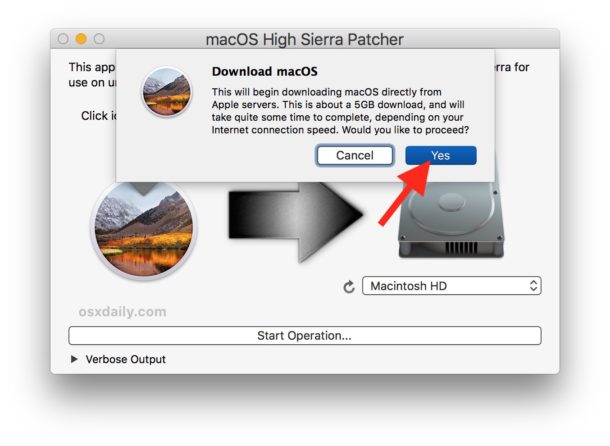

- #Flash for mac os sierra how to
- #Flash for mac os sierra upgrade
- #Flash for mac os sierra software
- #Flash for mac os sierra password
The most common reasons that the installation will fail is that the software is not compatible with the system it is attempted to be installed on or because of faulty hardware such as a hard disk that is going bad. * Support or extra software to allow MacOS to be installed on any other system(s) then those already mentioned. * Basic instructions for installing MacOS on a Apple Mac system * 8GB USB flash drive with MacOS installed and ready to go
#Flash for mac os sierra how to
If you intend to install on non-apple systems, you are required to do your own research to determine if the installation is even possible on the intended target and how to go about it. In addition, this flash drive can also be used to as the basis for installing MacOS on non-traditional Apple hardware as a Hackintosh system. Here's the list of Macs that are compatible with macOS 10.13 High Sierra:
#Flash for mac os sierra upgrade
Follow the instructions when the macOS installer opens.This listing is for a basic MacOS installer which is meant to be used to install or upgrade compatible Appple systems.

Select the volume containing the bootable installer, then select ‘Continue’. Hold the power button until you see the startup options window. Make sure this machine is connected to the internet and supports the macOS version you’re installing. Click ‘Continue’ and follow the instructions.įirst, plug the bootable installer into the Mac you wish to install macOS. Select ‘Install macOS’ or ‘Install OS X’ from the Utilities window. Select the volume that contains the bootable installer. Release the ‘Option’ key when you see a dark screen showing your bootable volumes. Press and hold the ‘Option’ key after turning on or restarting the Mac.

Plug the bootable installer into a Mac that’s connected to the internet and is compatible with the macOS version you’re installing. The steps are different, depending on whether you're using an Intel-based Mac or one with Apple silicon. It's now time to use the bootable installer to install a fresh copy of macOS. You've now successfully created a bootable installer that you can use to install macOS on other machines. If asked, click 'OK' to allow the copying of files to proceed.

Type 'Y' to confirm that you want to erase the volume, then press 'Return'.
#Flash for mac os sierra password
Type your administrator password when prompted, then press 'Return' again. Continue with TerminalĪfter pasting the command above, hit the 'Return' key. Change the name in the command to match your settings, if necessary.įor macOS Big Sur, copy and paste the following into Terminal: sudo /Applications/Install\ macOS\ Big\ Sur.app/Contents/Resources/createinstallmedia -volume /Volumes/MyVolumeįor macOS Catalina: sudo /Applications/Install\ macOS\ Catalina.app/Contents/Resources/createinstallmedia -volume /Volumes/MyVolumeįor macOS Mojave: sudo /Applications/Install\ macOS\ Mojave.app/Contents/Resources/createinstallmedia -volume /Volumes/MyVolumeįor macOS High Sierra: sudo /Applications/Install\ macOS\ High\ Sierra.app/Contents/Resources/createinstallmedia -volume /Volumes/MyVolumeįor OS X El Capitan: sudo /Applications/Install\ OS\ X\ El\ Capitan.app/Contents/Resources/createinstallmedia -volume /Volumes/MyVolume -applicationpath /Applications/Install\ OS\ X\ El\ Capitan.app 3. With each command, it's assumed the installer is located in your 'Applications' folder and 'MyVolume' is the name of the USB flash drive. The command differs, depending on the macOS version you're going to install. In the next step, you'll enter a command in Terminal. Choose 'Finder' then select 'Go' from the menu bar. Connect the USB flash drive to the computer you wish to install macOS. Once you have your bootable installer ready, it's time to move to the next step.


 0 kommentar(er)
0 kommentar(er)
